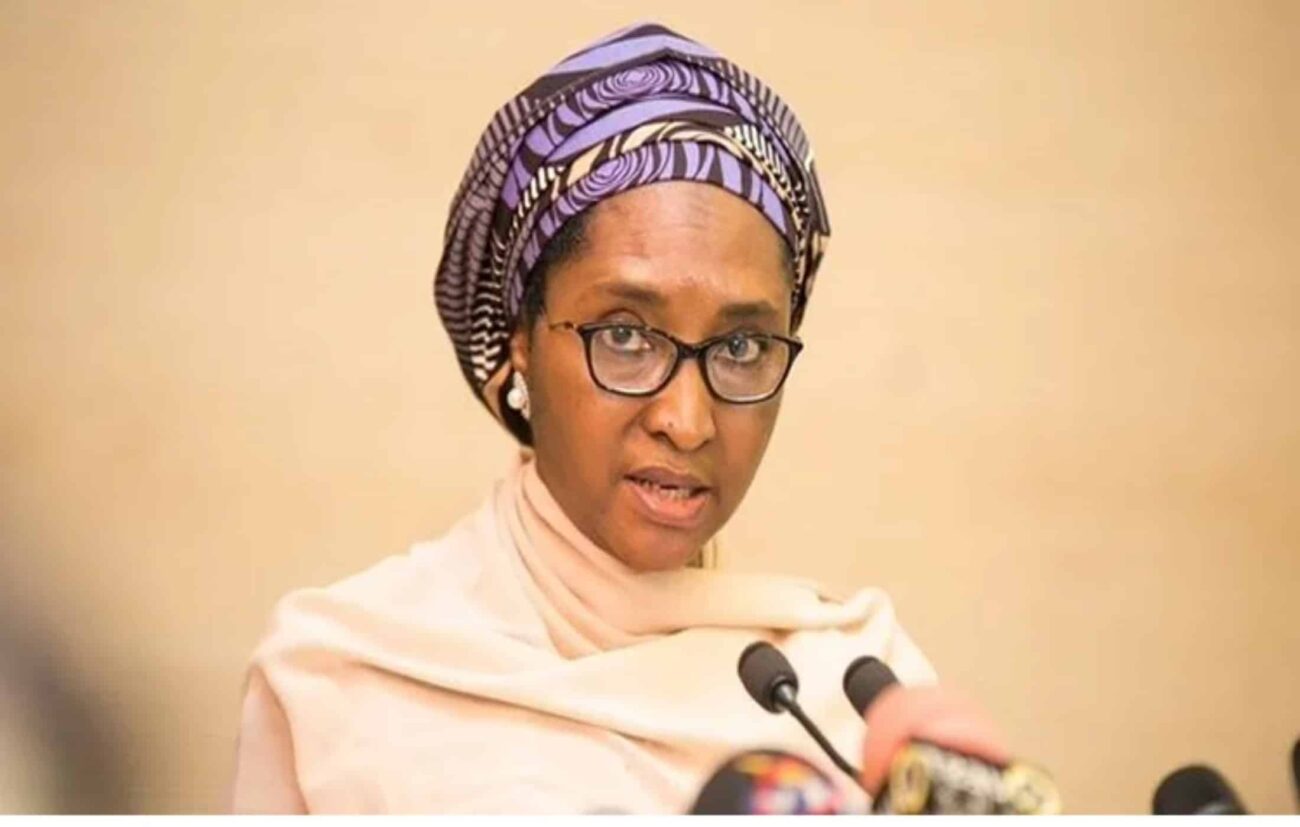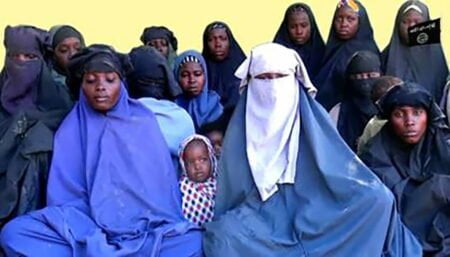According to the reports, unpaid loans could increase Nigeria’s debt to the World Bank from $12.72 billion to $21.15 billion.
This means that the loans that have yet to be disbursed could increase Nigeria’s debt to the lending institution by 66.27 percent.
According to the World Bank’s audited financial statements for the fiscal year 2022, the bank had yet to disburse approximately $8.12 billion to Nigeria as of June 30, 2022.
The undisbursed loans included $7.60 billion from the International Development Association, IDA, and $514 million from the International Bank for Reconstruction and Development, IBRD.
These unpaid loans include both approved but unsigned loans and signed loan commitments.
The bank explained the reason for the loans that have yet to be disbursed, specifically the signed loan commitments, saying that these “loans are not effective and disbursements do not begin until the borrowers and/or guarantors take certain actions and furnish documents.”
Over the years, the IBRD and IDA, which comprise the World Bank, have advanced loans to Nigeria.
The IBRD lends to governments of middle-income and creditworthy low-income countries, whereas the IDA grants and makes concessionary loans to governments of the poorest countries.
According to the Debt Management Office, Nigeria’s debt to the Washington-based bank was $12.72 billion as of March 31, 2022.
According to the breakdown, Nigeria borrowed $12.23 billion from the IDA and $486.10 million from the IBRD.
According to an earlier PUNCH report, Nigeria owed the World Bank $13.04 billion as of June 30, 2022.
According to the report, Nigeria’s total debt to the World Bank increased by $660 million in the first six months of 2022.
Nigeria’s debt to the IDA and IBRD stood at $12.55 billion and $486 million, respectively, as of June 30, 2022, up from $11.97 billion and $410.60 million on December 32, 2021.
According to the PUNCH, rising debt has pushed Nigeria up the World Bank’s list of the top ten IDA borrowers.
Nigeria was ranked fifth in the World Bank Fiscal Year 2021 audited financial statements for IDA, with $11.7 billion in IDA debt stock as of June 30, 2021.
However, the recently released World Bank Fiscal Year 2022 audited financial statements for IDA revealed that Nigeria had risen to fourth place, with $13 billion in IDA debt stock as of June 30, 2022.
This demonstrates that Nigeria accumulated approximately $1.3 billion in IDA debt in a fiscal year, surpassing Vietnam to become the fourth largest debtor.
This debt is distinct from the $486 million loan from the World Bank’s IBRD.
Except for Nigeria, the top five countries on the list reduced their IDA debt stock slightly.
Nigeria has the highest IDA debt in Africa, as Asians (India, Bangladesh, and Pakistan) are the top three IDA borrowers.
The World Bank recently revealed that Nigeria’s debt, while potentially sustainable for the time being, was vulnerable and costly.
“Nigeria’s debt remains sustainable, albeit vulnerable and costly,” the bank said, citing “large and growing financing from the Central Bank of Nigeria.”
However, the Washington-based global financial institution added that the country’s debt could become unsustainable in the event of macro-fiscal shocks.
The bank also expressed concern about the nation’s debt servicing costs, which it claimed disrupted public investments and critical service delivery spending.
In a recent PUNCH report, Kingsley Moghalu, a former Deputy Governor of the Central Bank of Nigeria and former presidential candidate, criticized the government’s increasing borrowing tendency, urging officials to reconsider other ways of generating revenue for the country.







